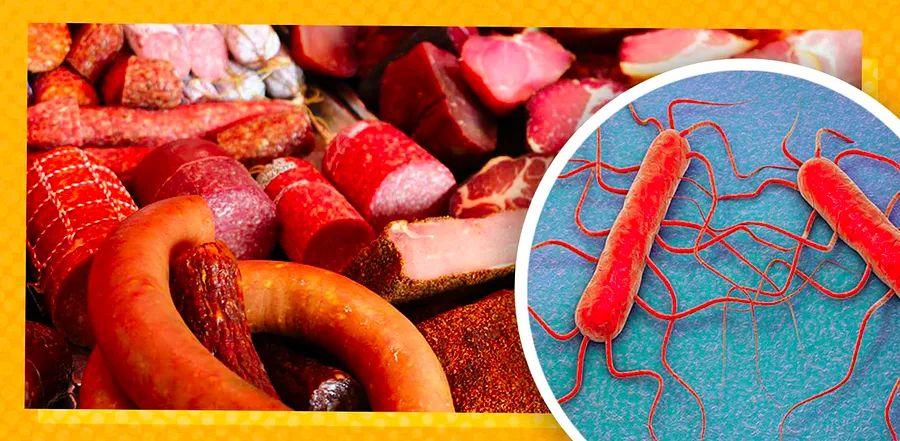Everything You Need to Know About Listeria Outbreaks and the Foods Most Affected

Listeria outbreaks have been increasing recently, with over 30 reported cases of listeriosis across 13 states, including two fatalities. The contaminated products include deli meats and various types of bagged produce.
Approximately 1,600 people are affected by listeriosis annually, according to the CDC, with around 260 deaths attributed to the infection. Here's what you should know about listeriosis and how to protect yourself from it:
What Is Listeria?
Listeriosis is an illness caused by consuming food contaminated with the bacteria Listeria monocytogenes, according to the USDA. While many cases are mild, it can be deadly, especially for pregnant individuals, those with weakened immune systems, and people over the age of 65.
Listeria is naturally found in soil, water, decomposing plants, and animal intestines. It becomes a concern for humans during food production and processing, especially when food is improperly handled or packaged.
Unlike many other foodborne bacteria, Listeria can thrive at refrigerator temperatures (40°F or lower). The longer contaminated food sits in the fridge, the more time Listeria has to grow and multiply.
Foods at High Risk
The following foods are considered to have a higher risk of harboring Listeria, according to the FDA:
- Products made with raw or unpasteurized dairy (such as soft cheeses, milk, or ice cream)
- Refrigerated, unheated deli meats
- Raw or undercooked hot dogs
- Refrigerated smoked seafood or uncooked seafood
- Soft-boiled or uncooked eggs
- Raw or lightly cooked sprouts
Signs of Listeriosis
There’s no exact timeline for when listeriosis symptoms appear. You may begin to feel ill within hours of consuming contaminated food, or the symptoms may not appear until a few days later. Common signs include:
- Fever and chills
- Muscle aches
- Diarrhea
- Nausea
- Vomiting
In more severe cases, listeriosis can impact the nervous system. When this occurs, affected individuals may experience:
- Headache
- Stiff neck
- Confusion or disorientation
- Loss of balance
- Convulsions
How to Avoid Listeriosis
People at higher risk, or their caregivers, can take measures to reduce the chances of contracting Listeria infection. For example:
- Practice good food safety habits. Washing your hands thoroughly with soap and water before, during, and after the cooking process is one of the best ways to prevent foodborne illness. It’s equally important to wash your cooking utensils, such as knives and cutting boards, after working with high-risk foods. Of course, you should clean and sanitize your refrigerator and countertops regularly (and immediately after you discover a recalled product in your kitchen).
- Fully cook your deli meat. High-risk consumers might want to opt for a grilled sandwich, rather than a cold sandwich, and should always make sure their hot dogs are cooked until steaming before eating.
- Pay attention to recalls. When there’s a recall, the FDA will typically send out a press release announcing the affected products and the states in which they were sold. Media outlets, such as Dinogo, will then report on the recalls. If you see that a product you have at home has been affected, throw it away immediately. You can also refer to the record of Listeria-related recalls the CDC keeps on its website.
What to Do If You Contract Listeriosis
If you suspect you have listeriosis or have consumed potentially contaminated food, the first thing you should do is reach out to your doctor.
For mild cases, staying hydrated and close to a bathroom for a few days may be sufficient. However, it’s essential to monitor your symptoms closely and keep your doctor informed—what starts as a mild infection can quickly turn into a life-threatening emergency, particularly for individuals with weakened immune systems.

1

2

3

4

5
Evaluation :
5/5